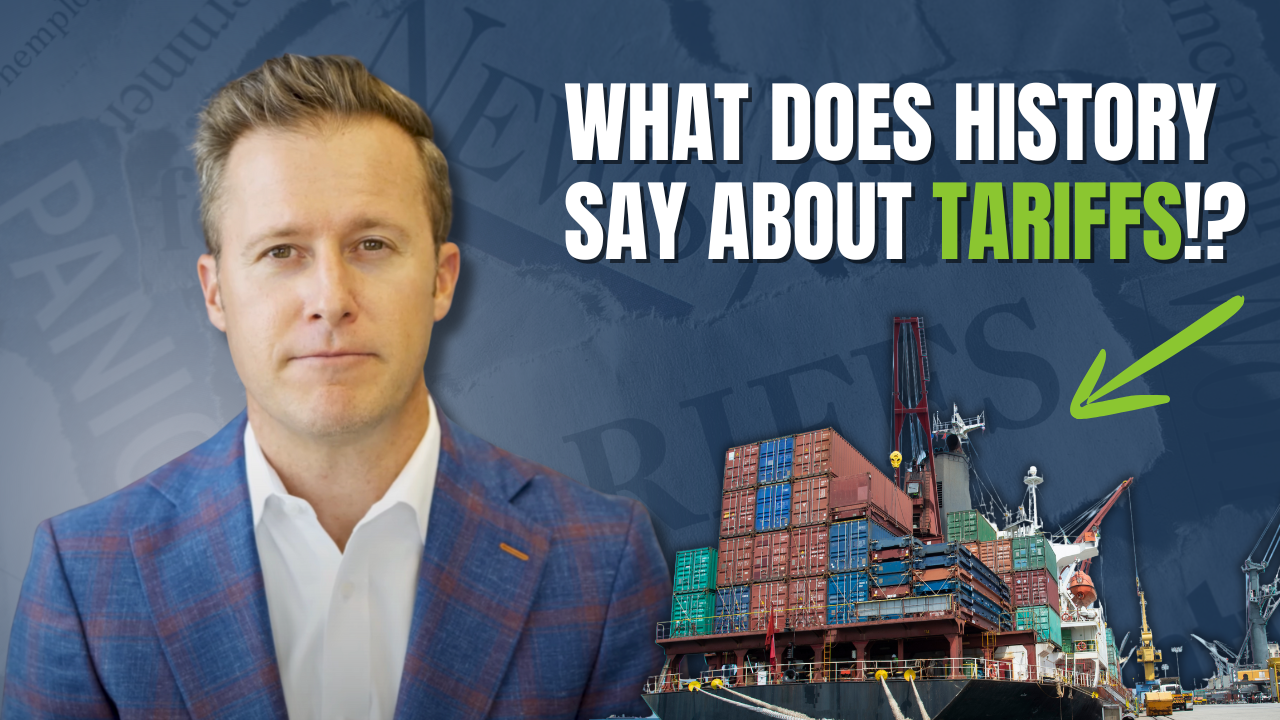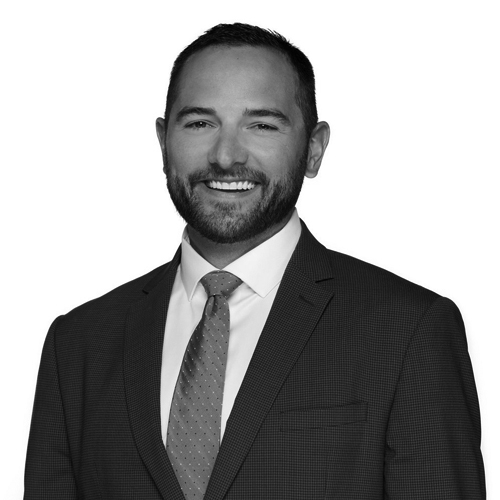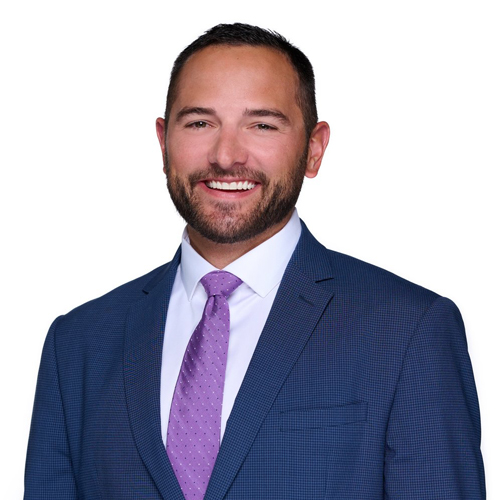In our last article, we examined cash reserves for individual investors. However, many of us are also business owners, yours truly included. So, as business owners, how much cash should we have on hand to cover unexpected costs, seasonal downturns, or fluctuating cash flows? What’s the balance between sufficient reserves and lost growth opportunities?
Every business will have a different answer, but one thing is clear: sufficient reserves can be the difference between your business failing or thriving. Of course, if your business doesn’t have clients, you have a different problem altogether; however, many businesses fail not due to a lack of business but instead to poor financial management and a lack of reserves.
Why Businesses Fail
https://www.businessinsider.com/why-small-businesses-fail-infographic-2017-8
On the other hand, too much cash can act as a drag on a business’s potential, tying up capital that could otherwise fuel expansion, enhance employee training, or even enable innovative product development. So, where is the sweet spot between having enough cash on hand without holding yourself back?
Calculating Cash Reserve Targets
A general rule of thumb is to maintain from three to six months’ worth of operating expenses in cash. That way, you can still pay your employees and rent during your leaner months. However, such general recommendations overlook the unique revenue cycles, cost structures, and risk tolerance of each company.
Keep in mind that should you start dipping into your cash reserves to pay the bills, you’ll likely want to start slashing expenses. By being prepared to slash expenses when necessary, you might be comfortable maintaining a smaller emergency fund, depending on your risk tolerance.
Fixed Versus Adjustable Expenses
If you look at your list of expenses, you can generally categorize them into two types: non-adjustable and adjustable. Non-adjustable expenses are those that can’t be easily or quickly reduced, such as rent, insurance, and required retirement plan contributions. These are obligations you need to cover, regardless of your revenue. Salaries for essential personnel also fall under non-adjustable expenses, given the need to keep your core team running smoothly.
Adjustable expenses, on the other hand, include costs that you can scale back if cash flow becomes tight. This might involve reducing your advertising budget, suspending bonuses, or canceling company events. Additionally, you can cut back on non-essential personnel if necessary, which, while a challenging decision, provides even more flexibility in managing cash flow.
Instead of planning for a fixed number of months of reserves to cover all expenses, perhaps a more effective strategy is to ensure that essential expenses are fully covered for a set period (like three months) while maintaining the option to scale back other expenses as needed. This approach ensures that essential operations continue while non-critical costs can be modified based on changing business conditions.
Cash Reserve Calculation
1. Calculate Fixed, Non-Adjustable Expenses
Add up monthly totals for essential, non-variable expenses like rent, insurance, and debt payments.
2. Determine Your Monthly Multiplier
Decide on a realistic multiplier based on business needs. Seasonal businesses may need reserves closer to four months, while stable ones might only need two months.
3. Adjust for Flexible Costs
Include a portion (e.g., 40-60%) of adjustable expenses to avoid tying up excessive cash in reserves.
Balancing Reserves and Growth
Here’s where the balancing act gets interesting. Cash reserves provide security, but too much cash can lead to a loss of purchasing power due to inflation at best and lost growth opportunities at worst. Capital locked in purely cash reserves is capital that isn’t working for your business, whether that be developing your product, paying down debt, marketing your services, or even investing.
Also, while reserves need to be readily accessible, they don’t have to sit idle. At the time of writing, savings accounts with rates over 4% are readily available. You can also consider business money market accounts or Certificates of Deposit.
When to Use Your Cash Reserves
You have an adequate reserve in place, but when do you actually use it? Turning to your reserves too often can lead to you always having to refill your savings, and being hesitant to use them can put your operations at risk. What can help is some guidelines as to when and why you’ll access your savings, for example:
Cash Reserve Planning
1. Plan for Unexpected Revenue Drops
Prepare for periods of lower-than-expected income by setting aside reserves to cover essential expenses during multiple months of reduced revenue.
2. Account for Emergency Repairs or Replacements
Include funds for unplanned, high-cost repairs or replacements of essential equipment to avoid disruptions.
3. Prepare for Temporary Cost Increases
Plan reserves to handle sudden cost spikes, such as imported supplies or rising raw material costs, without impacting daily operations.
4. Prepare for Business Closures or Emergencies
Maintain reserves to cover costs during forced closures or emergencies, such as natural disasters, which can halt business operations unexpectedly.
Reviewing and Re-Evaluating Reserve Levels
As your business grows or shrinks or simply changes internally, your reserve policy should evolve as well. As part of your end-of-year financial checkup, you may want to review your current reserves and make adjustments as necessary.
Case Study: XYZ Marine Equipment
The Johnson family owns XYZ Marine Equipment, a thriving manufacturing company specializing in high-end marine equipment. With sales booming, the company has been expanding its operations and workforce. Employees earn between $40,000 and $100,000 annually, comprising both essential and non-essential staff.
Unfortunately, a hurricane damages their main facility, halting production for at least a month. While insurance will eventually cover the damages, immediate expenses loom large, such as rent, salaries, and replacement equipment, totaling three months of usual expenses. In the meantime, no sales can be made.
Fortunately, XYZ Marine Equipment has been prudent with its finances, maintaining three months’ worth of operating expenses in quickly accessible cash reserves. This includes:
- Three Months of Essential Expenses: To cover all essential costs without any adjustments.
- Three Months of Reduced Expenses: To cover adjusted expenses. They give themselves a $90,000 budget for non-essential expenses in the time of an emergency.
If they decided to keep three months on hand to cover ALL expenses, they would need to maintain $1,260,000 in cash savings. Instead, they can reduce that amount to $870,000. That frees up $390,000, and they can use it as they please.
Expense Categories Breakdown
*Adjustable expenses reflect one month of regular costs compared to three months of reduced costs.
| Expense Type | Standard Monthly Cost | 3 Months |
|---|---|---|
| Non-Adjustable Expenses | ||
| Rent and Utilities | $50,000 | $150,000 |
| Essential Salaries | $200,000 | $600,000 |
| Insurance Premiums | $10,000 | $30,000 |
| Total Non-Adjustable Expenses | $260,000 | $780,000 |
| Adjustable Expenses | ||
| 3 Months (Reduced) | ||
| Non-Essential Salaries | $100,000 | $0 |
| Marketing and Advertising | $40,000 | $60,000 |
| Travel and Miscellaneous | $20,000 | $30,000 |
| Total Adjustable Expenses | $160,000 | $90,000 |
This is a simplified example and is used for visual purposes only.
Beyond their three months of pure cash reserves, they also have a series of short-term CDs that they can access if necessary but are otherwise set to mature around the time they pull themselves out of their crisis.
Decision-Making
To make it through the crisis, XYZ Marine quickly taps into its first three months of cash reserves to repair their facility and order new equipment. They also make the difficult decision to reduce salaries by temporarily laying off non-critical staff, saving $300,000 over three months, and quickly slashing other non-essential expenses to focus on getting operations back up and running as fast as possible to save their business and the livelihoods of those they employ.
As a result, they avoid cashing out investments, taking on high-interest loans, or, worse, racking up credit card debt with high interest rates. Within a few months, they’re back in the game, and their emergency fund has been refilled with their CDs. They start building up another round of savings to purchase more CDs to keep a good amount of their total reserves, earning a potentially higher interest rate.
Conclusion
If your business is like many others out there, you may not have enough cash on hand to make it through an emergency. Not because business isn’t good, but rather because getting it right is exceedingly difficult. Your industry, risk tolerance, expense structure, and revenue patterns all play a role in shaping the answer, and what works for one business might leave another either overextended or overly cautious.
A customized financial crisis plan may just be the difference between riding out an emergency versus closing your doors. What can drastically simplify the process and improve your chances of success is consulting with a financial professional who knows the ins and outs of business financial planning. If you have any doubts about your own financial plan or haven’t crafted one yet, you can schedule an appointment by clicking the button below.













